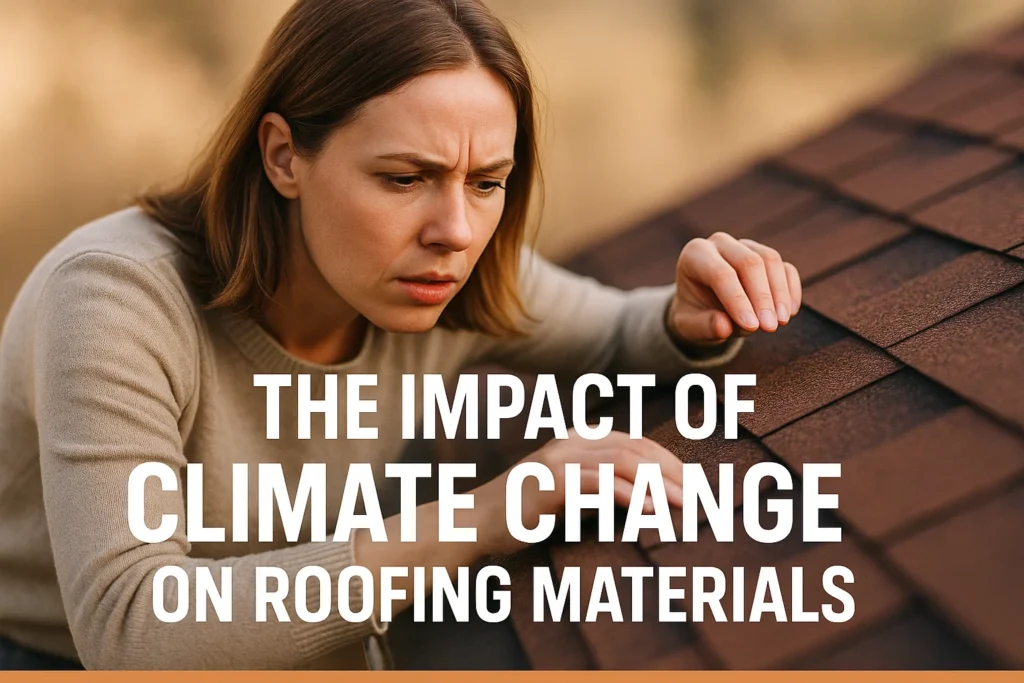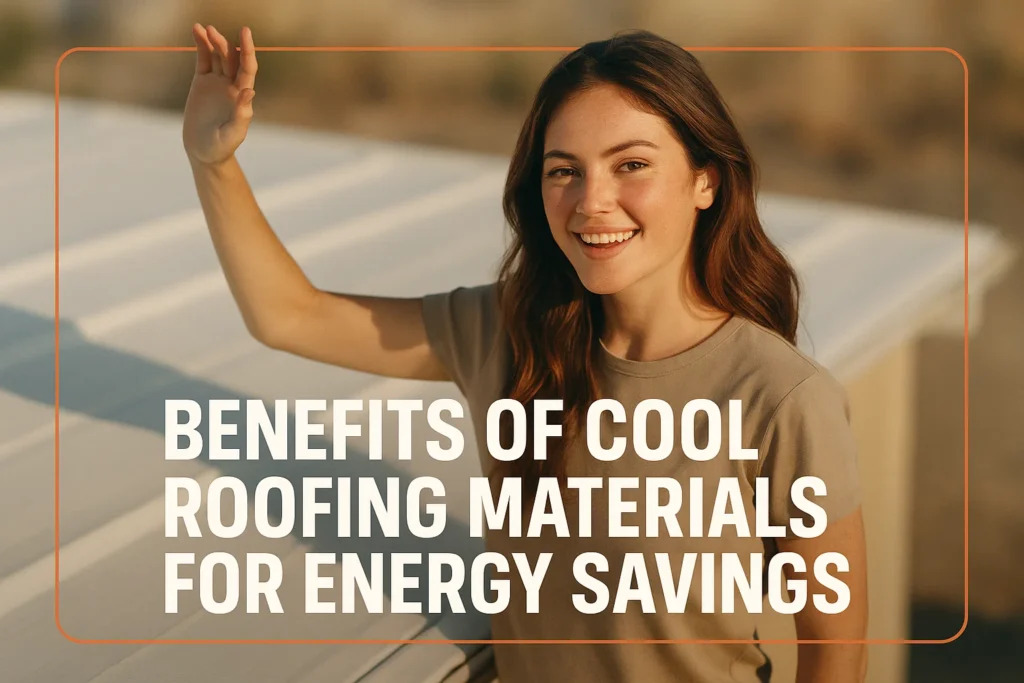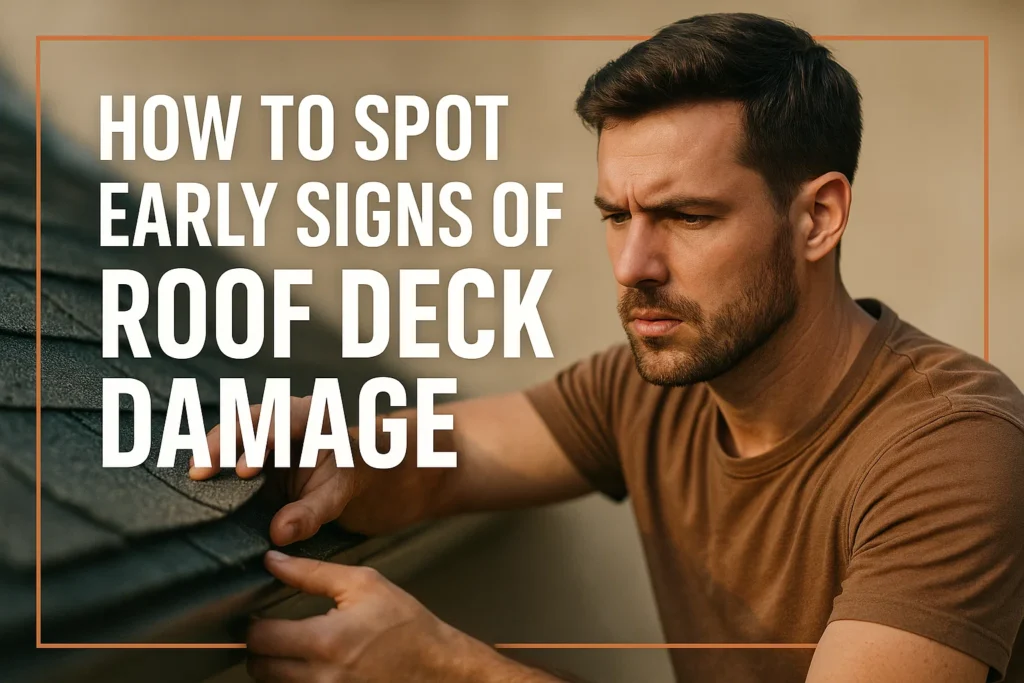When choosing the perfect Roofing shingles, you have to consider a combination of looks, longevity, climate fit, and energy efficiency. If 40% of your home’s exterior visibility is roof, this choice impacts curb appeal, resale value, and long-term performance. Here, we discuss types of shingles, the top colors for 2025, and strategies for choosing based on data.
Understanding Roof Shingle Types:
Asphalt shingles are the most popular, and they are used in 80% of U.S. homes because they are economical and can be adapted for most designs, but other materials have special strengths:
| Type | Cost per Square | Lifespan | Best For |
| Asphalt | $100–$600 | 15–30 years | Budget-conscious homeowners |
| Metal | $600–$1,200 | 50+ years | Fire-prone/wildfire zones |
| Wood | $400–$900 | 15–40 years | Rustic/natural aesthetics |
| Tile/Slate | $800–$2,000 | 50–100 years | Historic/luxury homes |
| Synthetic | $500–$1,000 | 30–50 years | Impact/wind resistance |
Asphalt sub-types:
3-Tab: The least expensive ($100–$150/sq), 15–20 years lifespan.
Architectural: Mid level ($150-$250/sq), looks like wood/slate, 20-30 years.
Designer: Premium ($250–$600/sq), dimensional texture, 30+ years.
Roofing Shingle Colors Most Popular in 2025:
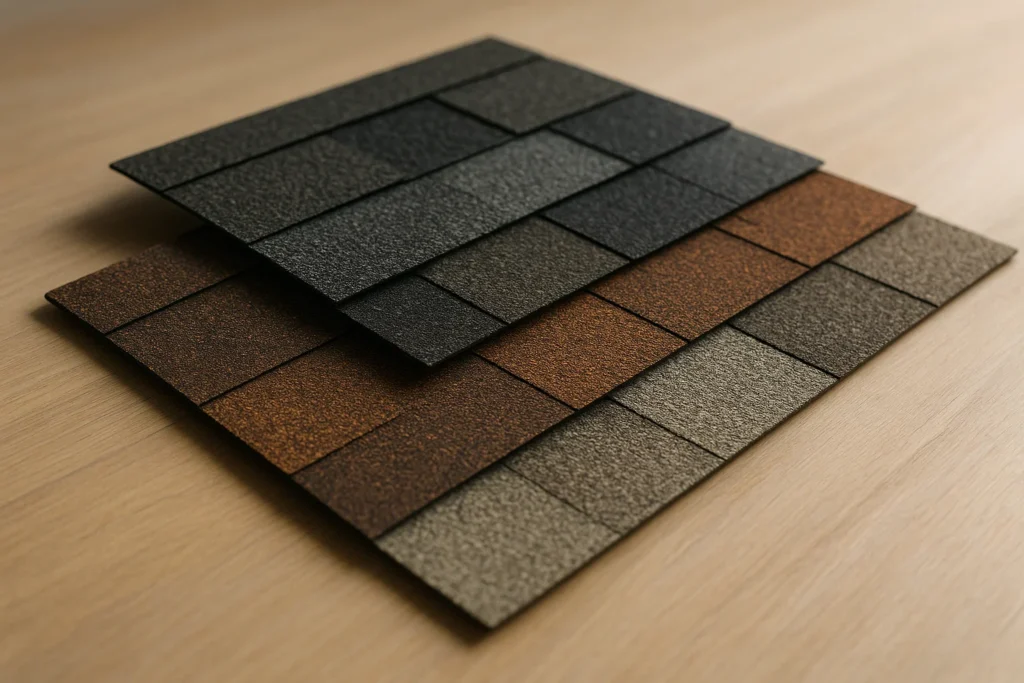
Color trends blend energy-efficiency with emotional resonance. Owens Corning’s 2025 color of the year, Merlot, leads with warm gray-brown undertones. Everyone has a different philosophy when it comes to design. The color you choose and the things you surround yourself with are personal choices simply because each person forms their model.
1. Merlot (Owens Corning):
- Why it’s trending: Strikes the balance between sophisticated and accessible; goes well with brick, stone, or neutral siding.
- Best for Old-world residences and contemporary homes in cooler areas (traps heat).
2. Pewter Gray:
Why trending: Reflects sunlight (10–15% reduction in cooling costs), fits modern designs.
3. Hunter Green:
Why Trending: Nature-inspired, perfect for wooded areas; the darker the color, the faster the snow melts in cold regions.
4. Onyx Black:
Why trending: Classic distinction on light exteriors; brings drama to minimalistic designs.
5. Weathered Wood:
Why trending: Hides dirt/aging; works with craftsman-style homes.
5 Key Selection Factors for Different Roof Designs
Climate Compatibility
- Hot climates: Light colors (Pewter Gray, Desert Tan) reflect the heat, decreasing AC costs.
- Cold/snow-prone – Dark colors (Onyx Black, Merlot) absorb heat, melting snow faster.
Architectural Harmony
- Contemporary homes: Mid to deep grays/blues (Pacific Wave, Slate Blue).
- Traditional homes: Browns/reds (Weathered Wood, Terra Cotta).
- Farmhouse styles: Hues of nature (Shakewood, Barkwood).
Color Coordination with Exterior
- Brown Roofs: Pair it with warm neutrals (Accessible Beige, Shaker Beige) or bold accents (Sage Green, Navy)
- Gray roofs: Match with cool colors (Slate Blue, Charcoal) or clean whites.
- Prevent clashing: Multi-tonal shingles for busy exteriors; Solid colors for simple facades.
Energy Efficiency & Maintenance
- Algae resistance: Seek shingles with copper granules (i.e., Owens Corning Duration) to avoid black streaking.
- Solar reflectance: Light shingles (i.e., other example – GAF California Cool™) save on cooling costs in sunbelt states.
Resale Value & Trends
- Safe bets: Grays and browns still appeal to 73% of buyers.
- Bold picks: Blues/greens boost uniqueness, but limit buyer pools; best suited for long-term homeowners.
Roof Color Combinations and Design Tips:
When it comes to selecting a shingle color for your new roof, there are many factors to consider, including climate, architectural, and aesthetic considerations. Here, we break down the science-based rules for matching shingles to your home’s exterior, building on 2025’s hottest trends and scientific studies.
What Paint Goes With a Brown Roof?
If you have a brown roof, choosing a shade of brown for your exteriors will undoubtedly lead to an attractive home, but you may have to be more careful with the color pairings to prevent it from clashing with the roof color and to boost curb appeal:
- Brown warm roofs (common in asphalt shingles)
- Beige/Taupe: Sherwin-Williams’ Accessible Beige (SW 7036) or Benjamin Moore’s Shaker Beige shows timeless, earthy harmony.
- Sage Green: Behr’s Sage Green (ICC-77) for freshness that works with the outdoors.
- Bold accents: Navy or deep burgundy siding contrasts with traditional homes.
2. Cool brown roofs (e.g., gray-brown blends):
- Cool neutrals: Light gray, pure white, or greige (e.g., Farrow & Ball String No. 8) are best for modern luxury.
Avoid: Red/yellow shades which compete with the cool undertones.Pro tip: Check samples in natural light — colors change dramatically from dawn to dusk.
Best Colors for Homes with a Brown Roof
Look beyond paint at siding material and architectural style:
- Modern homes: Pewter Gray or Slate Blue siding, matted finish.
- Farmhouse styles: Intense white or cream colored siding with multi-tonal brown shingles (ex, Owens Corning Weathered Wood).
- Brick exteriors: Charcoal or black accents (gutters, for instance) add depth without being too dominating.
Climate note: In hot regions, Light siding (e.g., Desert Tan) limits the heat to which side walls are exposed and complements lighter shingles.
Gray: Shingles and Siding Combinations.
There is nothing more versatile than gray shingles (eg; Charcoal Gray and Pewter Gray):
| Siding Color | Effect | Best For |
| White | Crisp, modern contrast | Coastal/contemporary homes |
| Navy Blue | Sophisticated depth | Colonial/traditional architecture |
| Light Gray | Monochromatic elegance | Urban settings |
| Black | Bold, high-contrast statement | Minimalist designs |
Example in the real world: A Pewter Gray roof with light gray siding in sunbelt states reduces cooling requirements by 10-15% for a home, all while keeping the suburban appeal.
How Roof Shingle Colors Affect Energy Efficiency
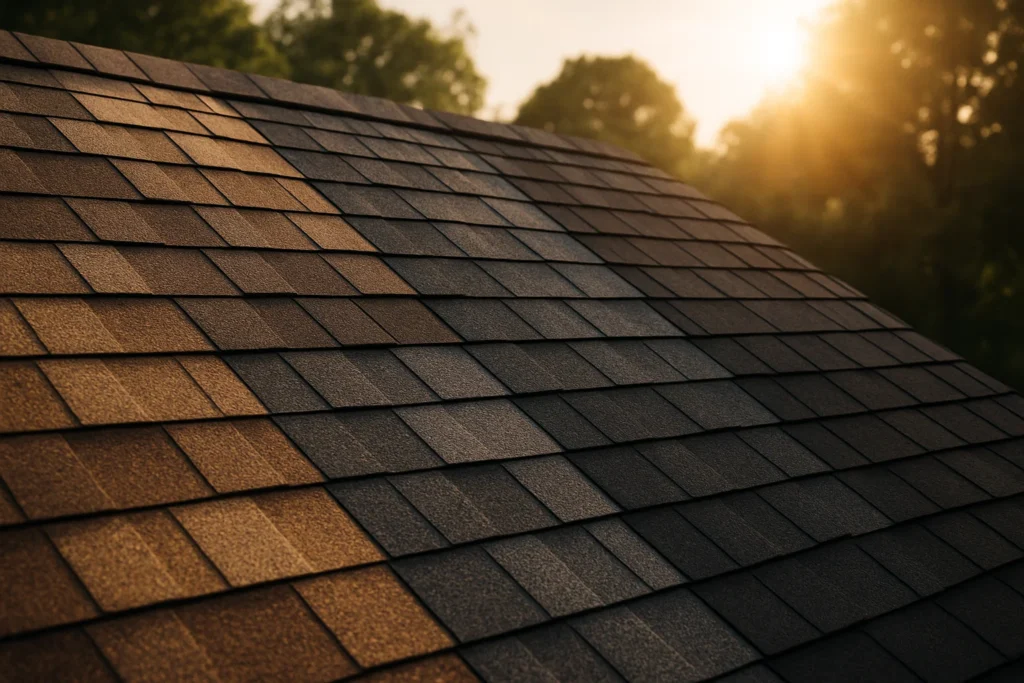
The choice of shingle color can result in a difference in home energy use for cooling by as much as 20-40%, depending upon climate and material.
The Role of Shingle Colors in Temperature Regulation
- Light shingles (e.g., Pewter Gray, Desert Tan): Reflect 70–80% of sunlight, decreasing the amount of heat that’s “transferred.” Most roof surfaces in the United States are dark-colored. Retrofitting these surfaces can result in up to 50°F cooling.
- Dark shingles (e.g., Onyx Black, Merlot): Absorb 70–90% of solar heat, causing the snow on the roof to melt faster in cold climates, but raising cooling costs in warm climates.
Scientific insight: Energy Star-rated cool shingles, which employ reflective granules for enhanced performance over traditional light-colored shingles.
How Dark vs. Light Roofing Affects Energy Costs
- Hot climates: Light shingles save 10–20% on AC costs each year. For instance, Florida House saves ~$0.15/sq. ft. per year above reflective roofs.
- Cold climates: Dark shingles save on snow removal costs and heating needs. In Minnesota, they reduce winter energy consumption by 5–10%.
Trade-off: Dark roofs resist UV damage longer and have a longer lifetime, mitigating increased cooling load.
Choosing the Right Shingle Color for Hot or Cold Climates
- Hot/sunny regions ( Arizona, Texas):
Prioritize light color (Desert Tan, Pewter Grey) and Energy Starts. Avoid dark browns/blacks—they increase heat in attics by 20–40°F.
2. Cold/snow-prone areas (Areas of the Midwest, Northeast):
Select a dark shingle color (Merlot, Onyx Black) to melt snow and prevent ice dams.
3. Mixed climates: Multi-tonal shingles moderate heating and cooling season performance.
Pro tip: Combine shingles with algae-resistant technology (such as copper granules) in moist climates to preserve reflectance and lifespan.
The color of your roof isn’t only about looks, it’s ensuring your roof harmonizes with your community while preserving your home’s value for the future.
Conclusion:
Your roof is a 20-50-year investment — pick shingles that work with your climate, architecture, and style of home. Use a 2025 trending color choice like Merlot or Pewter Gray for energy-smart curb appeal. With all choices, be sure to verify a decision with a physical sample, and consult a pro to navigate warranties and installation quirks.
FAQs
Merlot (Owens Corning) wins for its rich, flexible shades; Pewter Gray (for efficiency).
Match with warm neutrals (beige, cream) or bold highlights (sage green, navy). And stay away from clashy reds/yellows.
In hot places, yes — a dark roof absorbs 70% more heat. Choose ‘cool roofs’ or light-colored roofs.
Overlay can be done only with 3-tab asphalt shingles (check local code). Some other materials also require complete tear-offs.




